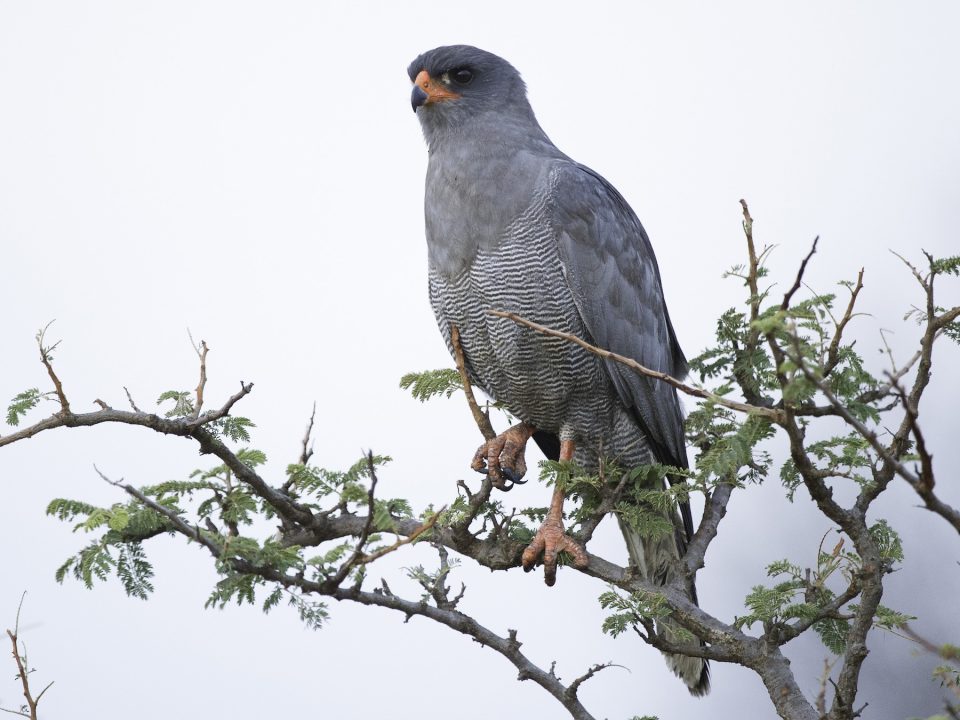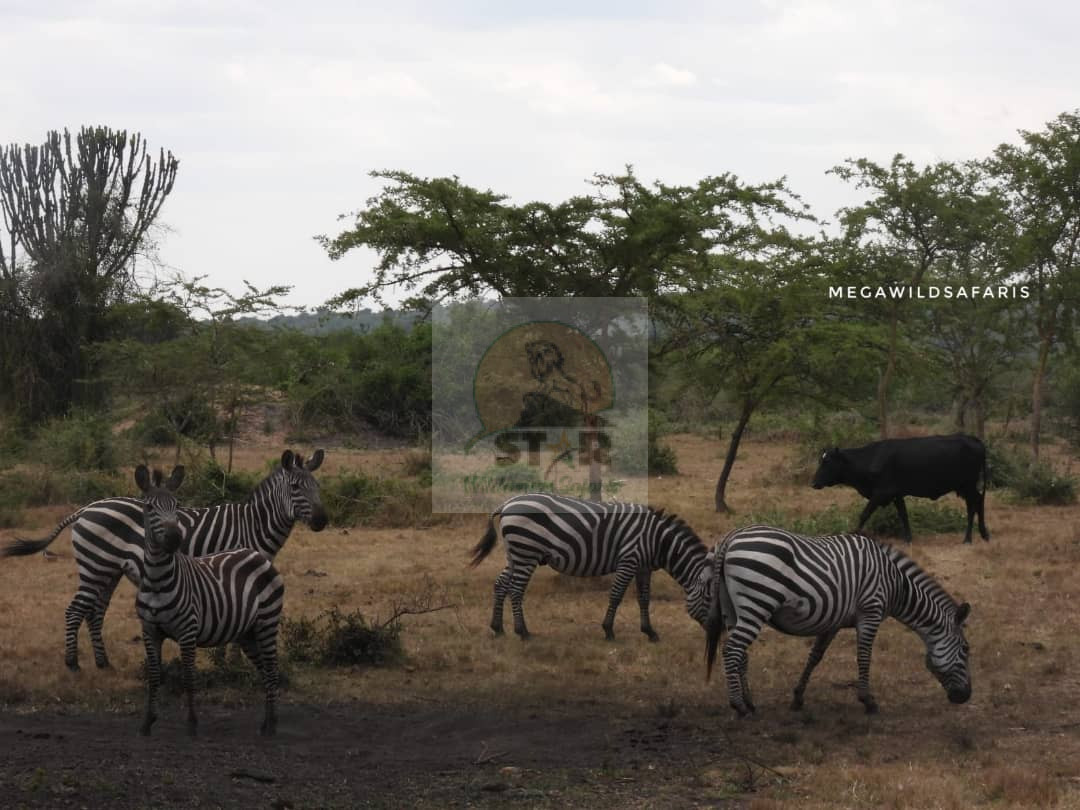
Saadani National Park
March 3, 2020
The River Nile Uganda
November 24, 2020SELOUS GAME RESERVE
Set strategically in Southern Tanzania, Selous Game Reserve is by far a hidden gem that nature lovers should consider a must-visit in Tanzania. This reserve was set as UNESCO World Heritage Site in 1982 and later became a wildlife sanctuary in 1905. Its status later changed into a national park in 1922 which makes it one of the oldest reserves in Africa.
Today, it sits in an area of over 50000sq.kms which makes it 3 times bigger than the size of Kruger National Park of South Africa and 2 times the size of Serengeti National Park. The reserve is dominated by vast woodland, forests, mountains, grassy plains and many more. It is separated by River Rufiji making the Northern and Southern Selous sections. For any plans to embark on Tanzania safari, Selous Game Reserve should be your bucket list safari destinations and you won’t return home the same way.
Tourist attractions in Selous Game Reserve
Wildlife
The diverse wildlife species which make Selous Game Reserve an outstanding wilderness safari destination in Tanzania include hippos, crocodiles, lions, wild dogs, giraffes, hyenas, sable, elephants, buffaloes, warthogs, kudus, waterbucks, baboons, lands, impalas, mongoose, wildebeest, buffaloes.
Birdlife
Over 440 bird species are estimated to be in Selous Game Reserve making it a birder’s haven. They include broad-billed rollers, Brown-necked Parrot, brown-headed parrot, palm nut vulture, Pel’s fishing owl, Dickson’s kestrel, white-headed lapwing, pearl spotted owlet, African skimmer, Bohm’s bee-eaters, yellow-billed stork, thick-billed cuckoo, white-backed night heron, purple banded sunbirds, grey penduline tit, red-throated twin spot, waders, freckled nightjar, long-tailed fiscal, carmine bee-eater, racket-tailed roller, white-headed vultures, mangrove kingfisher, Von der Decken’s hornbill, sterling’s barred warblers, red-faced crombec, green-capped eremomela, black cuckoo shrike, Livingstone’s flycatcher, red-billed helmet shrike, African spoonbill.
Safari activities to do in Selous Game Reserve
Game viewing
Most of the tourists on Tanzania safari come to Selous Game Reserve mainly for game viewing or game drives. Wildlife viewing in this reserve involves sighting different wildlife species including sable antelope, hartebeest, zebras, giraffes, elands, reedbucks, warthogs, hyenas, greater Kudu, waterbucks, lions, elephants to mention but a few. It is perfectly conducted in a comfortable 4×4 safari vehicle.
Birding
Birders on a safari in Selous Game Reserve have opportunity to spot variety of bird species including Brown-necked parrot, brown-headed parrot, palm nut vulture, Pel’s fishing owl, Dickson’s kestrel, white-headed lapwing, pearl spotted owlet, African skimmer, Bohm’s bee-eaters, grey penduline tit, red-throated twin spot, waders, freckled nightjar, long-tailed fiscal, carmine bee-eater, racket-tailed roller, white-headed vultures, mangrove kingfisher, Von der Decken’s hornbill, sterling’s barred warblers, red-faced crombec, green-capped eremomela, black cuckoo shrike, Livingstone’s flycatcher, red-billed helmet shrike, African spoonbill, yellow-billed stork, thick-billed cuckoo, white-backed night heron, purple banded sunbirds. To have a memorable birding experience in this reserve please, come with a good camera for photo taking and a pair of binoculars.
Guided nature walks
The best way to discover the hidden treasures in and around the Selous Reserve is by taking part in guided nature walks. Nature walks in this reserve take you through different habitats with a variety of wildlife, birds, plants and many more.
Best time to visit Selous Game Reserve
Game viewing in Selous Game is ideal starting in the dry months of the year that is June, July, August, September, and October. The low season which is also regarded as wet/rainy season begins in March, April, May, November and these are considered ideal months for bird watching in this reserve.
Accommodation in Selous Game Reserve
Some of the accommodations include Selous Ngalawa Camp, Rufiji River Camp, Selous Butembo Lodge, Serena Mivumo River lodge, Selous Serena Camp, Selous Ndovu Lodge, Selous Mbuyu Safari Camp, Selous Impala Camp, and others.
How to access Selous Game Reserve
By road, travelers can access Selous Game starting from Dar-es-Salaam via the usual circuit route to Kibiti then turn southwestwards and later get to Mkongo, Mloka and then connect to Mtemere gate. The journey on this route covers about 240kms. One may also start from Dar-es-Salaam, drive to Kisaki Town through Morogoro and later connect via Matambwe gate covering approximately 350kms. The park can also be accessed by air using flights from Julius Nyerere International Airport in Dar-es-Salaam, Arusha Airport to Mtemere airstrip.




